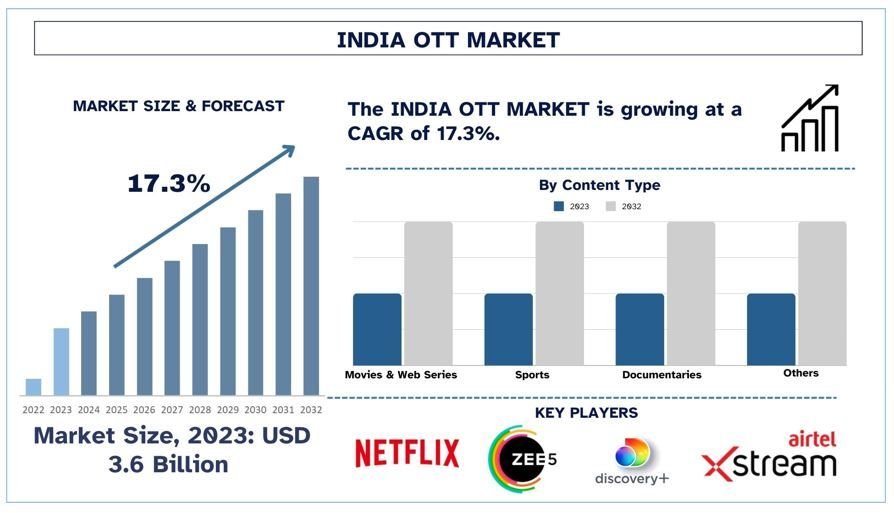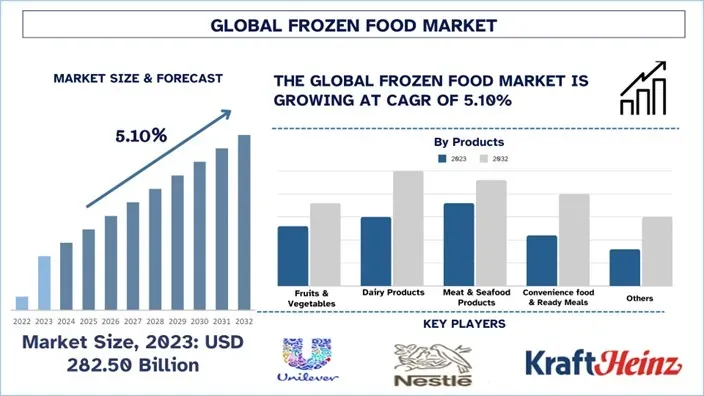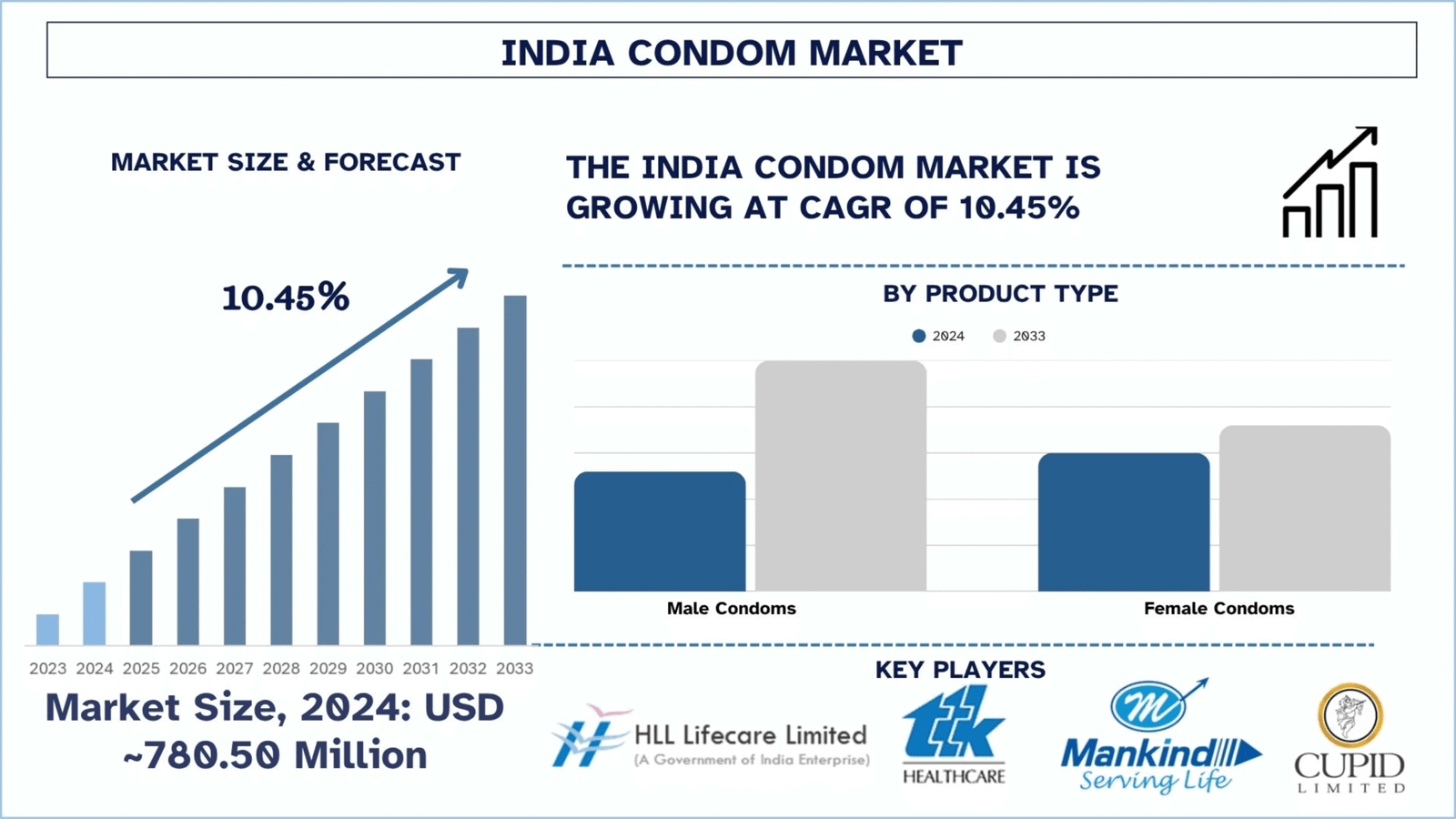In the forex (FX) market, liquidity providers and brokers play essential roles in keeping trading smooth and efficient. Liquidity providers supply the market with tradable currency pairs and real-time pricing, ensuring there are always enough buy and sell options available. Meanwhile, brokers act as the middlemen, connecting traders with these liquidity providers and executing trades on their behalf.
Without liquidity providers, the market would lack the necessary volume to keep trades flowing. And without brokers, individual traders wouldn’t have direct access to this liquidity. Together, they create a seamless trading environment.
In this post, we’ll break down how these two key players work hand in hand to keep forex trading running efficiently. You’ll gain a clearer understanding of their roles and how their interaction affects your trading experience.
The Role of a Forex Broker
A forex broker is a company or individual that acts as a bridge between traders and the foreign exchange (FX) market. They provide traders with access to financial markets, making it possible to buy and sell currencies with ease. Without brokers, retail traders would struggle to execute trades, as they don’t have direct access to the global liquidity pool.
Since brokers handle financial transactions, they must be licensed and regulated by financial authorities. There are over 100 regulatory bodies worldwide, each with different levels of oversight. Some well-known ones include the Securities and Exchange Commission (SEC) in the U.S., the European Securities and Markets Authority (ESMA) in Europe, and the Financial Conduct Authority (FCA) in the UK.
Key Roles of a Forex Broker
- Providing Market Access: Brokers offer online trading platforms where traders can buy and sell currency pairs. These platforms provide the necessary tools, charts, and analysis to make informed trading decisions.
- Executing Trades: They ensure that buy and sell orders are matched efficiently, helping traders get the best available prices in the market.
- Offering Leverage: Brokers allow traders to trade with more capital than they actually have by offering leverage. While this increases potential profits, it also raises the risk of losses.
- Quoting Prices: Through advanced trading software, brokers provide real-time price quotes, ensuring traders receive accurate market information before executing their trades.
The Role of Liquidity Providers
Liquidity providers (LPs) are financial institutions, such as banks, hedge funds, and market makers, that supply the forex market with the necessary liquidity to ensure smooth trading. Their primary role is to maintain a steady flow of buy and sell orders, reducing market volatility and transaction costs.
Without liquidity providers, the market would face price gaps and slow execution times, making trading inefficient. By increasing market liquidity, they help keep spreads tight and execution speeds high, benefiting all participants.
Key Roles of Liquidity Providers
- Supplying Currency Pairs: LPs hold large reserves of currencies and other financial assets, ensuring traders can buy or sell without major price fluctuations.
- Setting Prices: As market makers, they continuously quote bid and ask prices, providing a benchmark for traders and brokers.
- Executing Orders: LPs fulfil buy and sell orders quickly, even during high-volume trading sessions, ensuring seamless transactions.
- Managing Risk: By taking the opposite side of trades, LPs help absorb market shocks, reducing excessive volatility and improving market stability.
- Maintaining Market Activity: They continuously place orders, even when demand is low, ensuring that the market remains liquid and functional at all times.
Types of Forex Liquidity Providers
Liquidity providers play a crucial role in the forex trading online market by ensuring that traders can buy and sell currencies smoothly without significant price fluctuations. Different types of liquidity providers contribute to market stability, helping to create an efficient trading environment.
1. Banks
Major banks, including prime brokerages, are among the largest liquidity providers in the forex market. They hold vast amounts of financial assets and provide competitive bid and ask prices to institutions, brokers, and large traders. Banks facilitate the majority of forex transactions and help maintain market depth.
2. Electronic Communication Networks (ECNs)
ECNs are advanced systems that match buy and sell orders electronically from various participants, including banks, hedge funds, and individual traders. By providing direct access to liquidity pools, ECNs ensure fast trade execution and tighter spreads, making them a preferred choice for many professional traders.
3. Market Makers
Market makers are financial firms or institutions that actively buy and sell assets from their inventories to maintain liquidity. They help stabilize markets by offering continuous bid and ask prices, even in volatile conditions, ensuring that trading never comes to a halt.
4. Hedge Funds
Hedge funds operate similarly to banks by purchasing large quantities of financial assets, which increases market liquidity. These funds can execute high-volume trades and offer competitive pricing, contributing to overall market efficiency.
5. Retail Brokers
Retail brokers cater primarily to individual traders. They provide access to liquidity by aggregating orders and routing them to larger financial institutions or liquidity pools. By doing so, they reduce slippage and improve trading conditions for smaller traders.
By combining liquidity from various sources—banks, ECNs, market makers, hedge funds, and brokers—the forex market remains highly accessible. This aggregation ensures smoother price movements, lower transaction costs, and greater opportunities for all traders, from large institutions to individual investors.
How Brokers and Liquidity Providers Work Together
The relationship between brokers and liquidity providers (LPs) is a well-orchestrated process that ensures smooth and efficient forex trading. Think of it as a coordinated dance where both parties play essential roles to keep the market moving. Here’s how this collaboration unfolds:
1. The Broker Seeks Liquidity
When a trader places an order, the broker needs a counterparty to execute the trade. Instead of searching for individual buyers or sellers, the broker reaches out to its network of liquidity providers to find the best possible price and execution.
2. The Liquidity Provider Fulfills the Order
Once contacted, the liquidity provider evaluates the order and market conditions. If the trade aligns with their pricing strategy, they agree to act as the counterparty, meaning they will either buy or sell the asset to complete the transaction.
3. Trade Execution
The broker presents the liquidity provider’s offer to the trader. If the trader accepts the price, the trade is executed, and the asset is exchanged. This seamless process ensures that traders can enter and exit positions quickly without major price fluctuations.
4. Profit Distribution
After the trade is completed, both the broker and the liquidity provider earn their respective fees. Brokers typically charge traders a commission or spread, while LPs profit from price differences when buying and selling assets. Since each party benefits from the transaction, it’s a win-win scenario.
Conclusion
Brokers and liquidity providers are the backbone of the forex market, working together to create a stable and efficient trading environment. Brokers offer market access, execute trades, provide leverage, and supply real-time price information. Meanwhile, liquidity providers ensure there’s always enough currency supply, maintain price stability, execute large orders efficiently, and manage market risks.
Without this collaboration, traders would face higher costs, increased slippage, and more difficulty in executing trades. Thanks to this partnership, the forex market remains accessible, competitive, and efficient—ensuring that traders, brokers, and liquidity providers all benefit from a well-functioning system.
















Leave a Reply